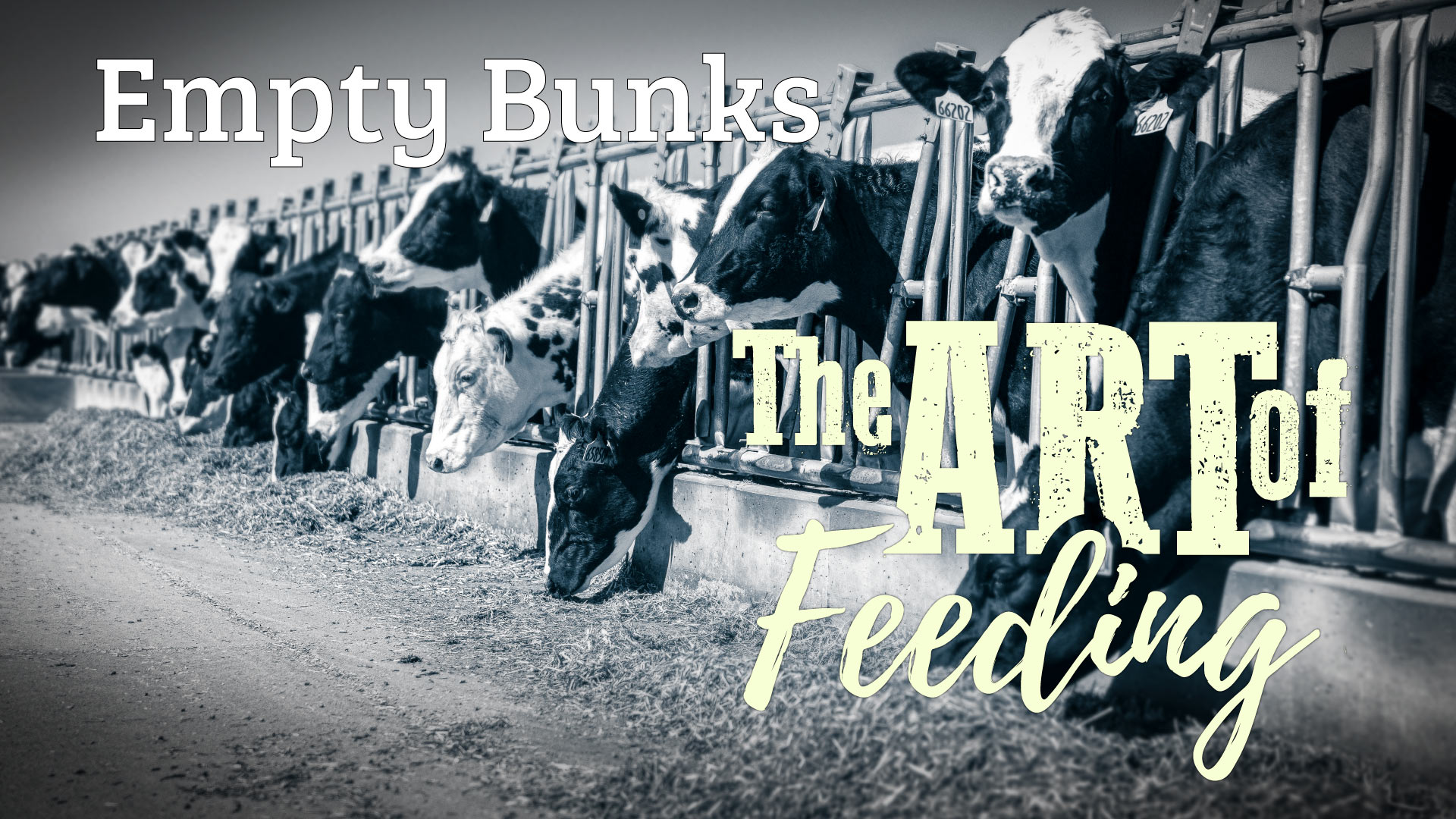The Art of Feeding is techniques that require a person to observe or to act. This is what moves an average feeding department to excellence.
In the last couple of weeks my brother in law was helping me put up a fence. He is a retired manager for a major dairy processor. In our discussion he talked a lot about a 1996 research study that was commission by Coca-Cola to look for incremental sale gains in grocery stores. The conclusion: Bare shelves represent a pervasive and expensive problem for retailers; and the principle source of the problem lurks within the four walls of the grocery store. Furthermore, consumers have little tolerance for out-of-stocks; they postpone purchases and even switch stores. The overall percentage is 8.2% but the problem is worse on Sundays and late during the afternoon and evening hours.
I immediately thought of how this is similar to feeding cows. Cows also show little tolerance for not having feed at the bunk. They do not switch stores they simply do not eat. How does a dairy get an empty bunk syndrome? Let me list the ways.
- Incorrect bunk calls.
- Not feeding the entire length of the bunk.
- Not enough head locks for all of the animals or poorly designed and broken headlocks,
- Too small of a size of a headlock also will prevent animals from eating.
- Not feeding evenly the entire length of the bunk. In other words uneven or even empty spots.
- The feed is out of reach. It is common for periods of time during the day or night, that feed is present, but not available to eat.
- Relief feeder’s mistakes.
- Management decision to feed to an empty bunk. My challenge here is always how long is it empty before feeding?
- Feeding times. This is basically like restocking the shelves.
- Inadequate push-ups.
Think about this, we monitor intake by the amount we feed and the push out amount. It is quite common to have a 2 to a 3 percent weigh-back. The interesting thing is to me, is that without visual observations to see how the feed is present over time we miss the empty bunk. To me this is the Art of feeding.
This post is part 1 of a 4 part series on the Art of Feeding. To be notified immediately when the other articles are published, subscribe and choose immediate notifications.


